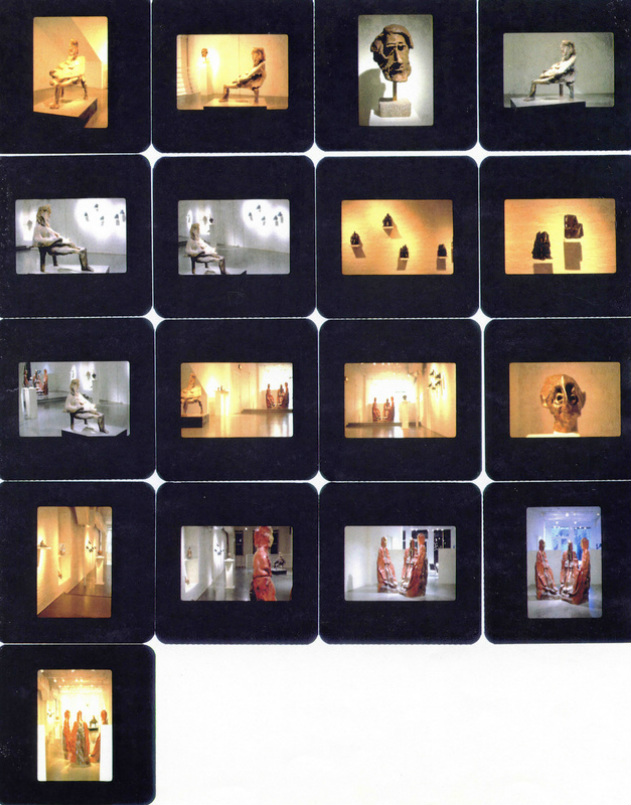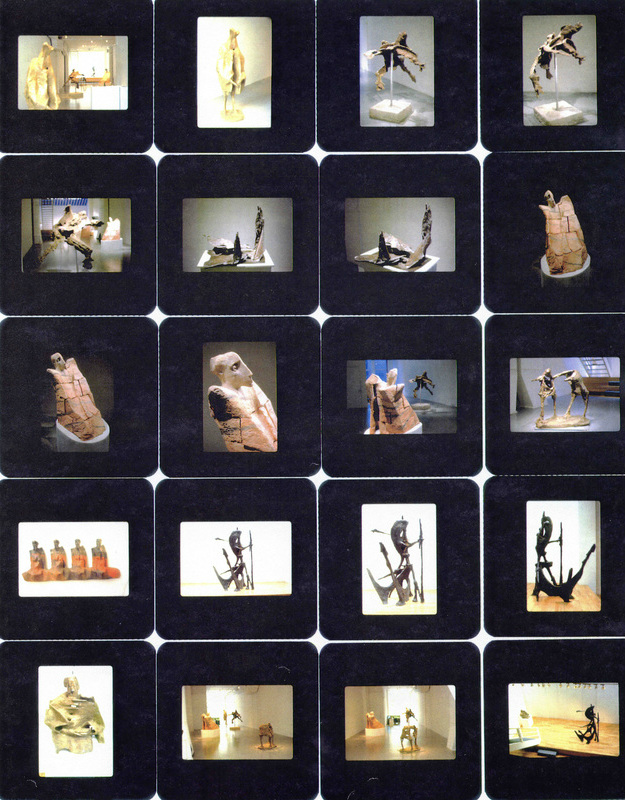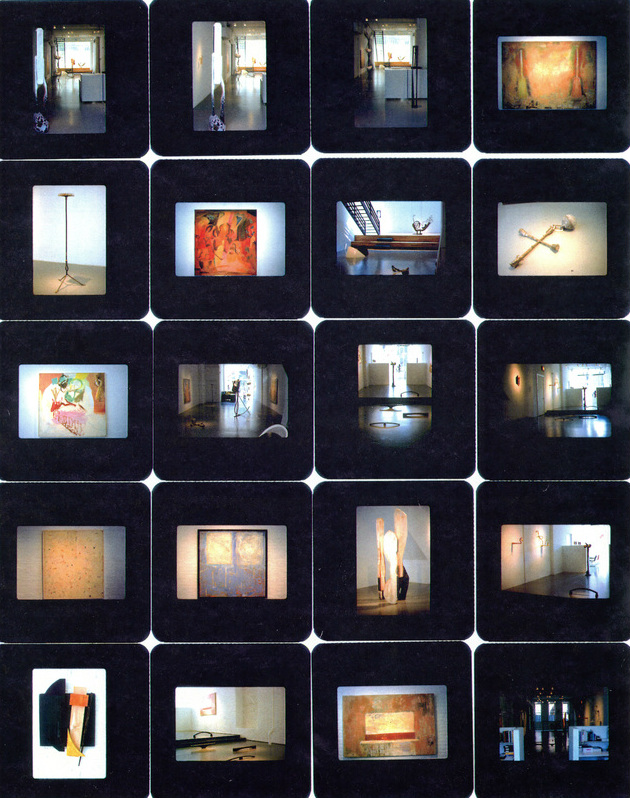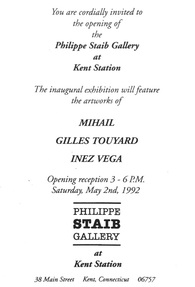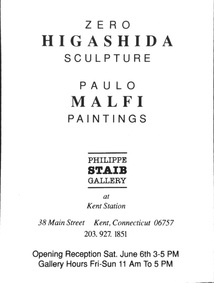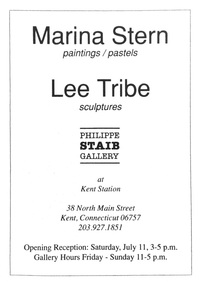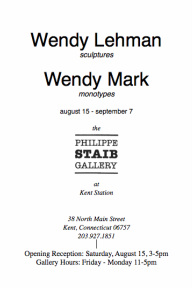From the Introductory Press Release, September, 1989:
Philippe Staib
Founder
Philippe Staib was born in Paris. The subsequent years saw him create a rich and varied professional life, leading him from theatrical production in Paris (producing Beckett’s Endgame in English in 1964), banking and, in 1979, to becoming the owner of what is now the world's second-largest pewter manufacturing company. Mr, Staib also owns an art foundry, an endeavor which allows him to combine business with a lifelong love of bronze sculpture.
The establishment of the Philippe Staib Gallery in New York City’s SoHo district in 1989 grew out of his deep love of the artistic medium and his drive to lead the renaissance of public interest in sculpture in general and bronze works in particular.
Mr. Staib says: "Since the beginning of time, interest in sculpture has ebbed and flowed in every culture, every age. The last great moment for sculpture in history was about 100 years ago at the turn of the century. The 20th century has proved difficult for sculptors, providing few chances for the public to have access to them into their work. But there is much evidence that this beautiful art form is reemerging today in the world of public appreciation in the marketplace for collectors.
The Staib Gallery is dedicated to hastening that day for this, virtually the most enduring, most indestructible of all arts."
Philippe Staib
Founder
Philippe Staib was born in Paris. The subsequent years saw him create a rich and varied professional life, leading him from theatrical production in Paris (producing Beckett’s Endgame in English in 1964), banking and, in 1979, to becoming the owner of what is now the world's second-largest pewter manufacturing company. Mr, Staib also owns an art foundry, an endeavor which allows him to combine business with a lifelong love of bronze sculpture.
The establishment of the Philippe Staib Gallery in New York City’s SoHo district in 1989 grew out of his deep love of the artistic medium and his drive to lead the renaissance of public interest in sculpture in general and bronze works in particular.
Mr. Staib says: "Since the beginning of time, interest in sculpture has ebbed and flowed in every culture, every age. The last great moment for sculpture in history was about 100 years ago at the turn of the century. The 20th century has proved difficult for sculptors, providing few chances for the public to have access to them into their work. But there is much evidence that this beautiful art form is reemerging today in the world of public appreciation in the marketplace for collectors.
The Staib Gallery is dedicated to hastening that day for this, virtually the most enduring, most indestructible of all arts."






















































